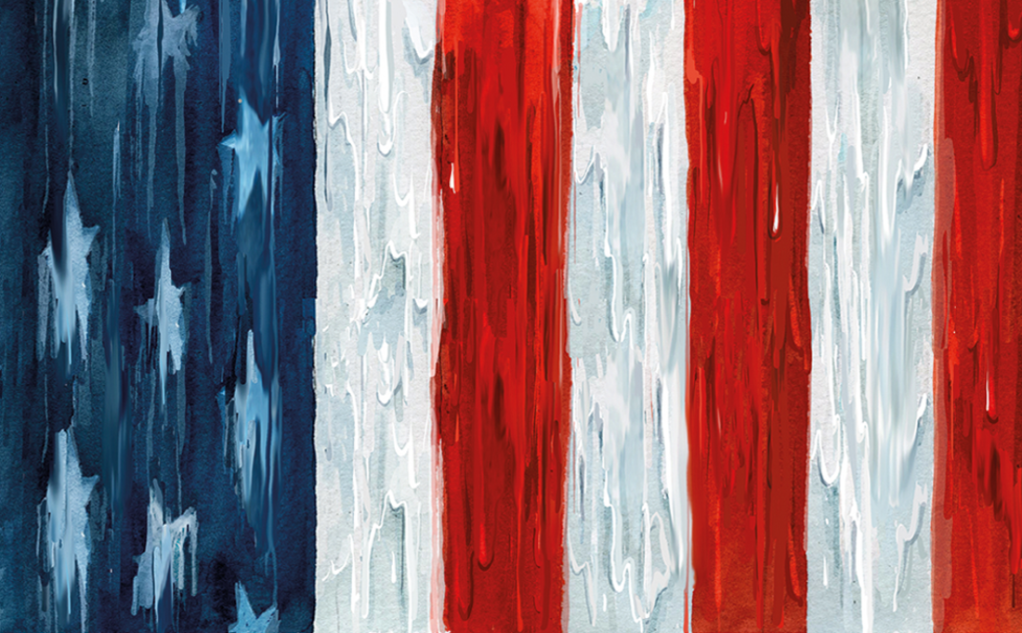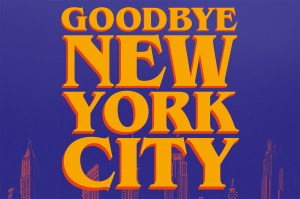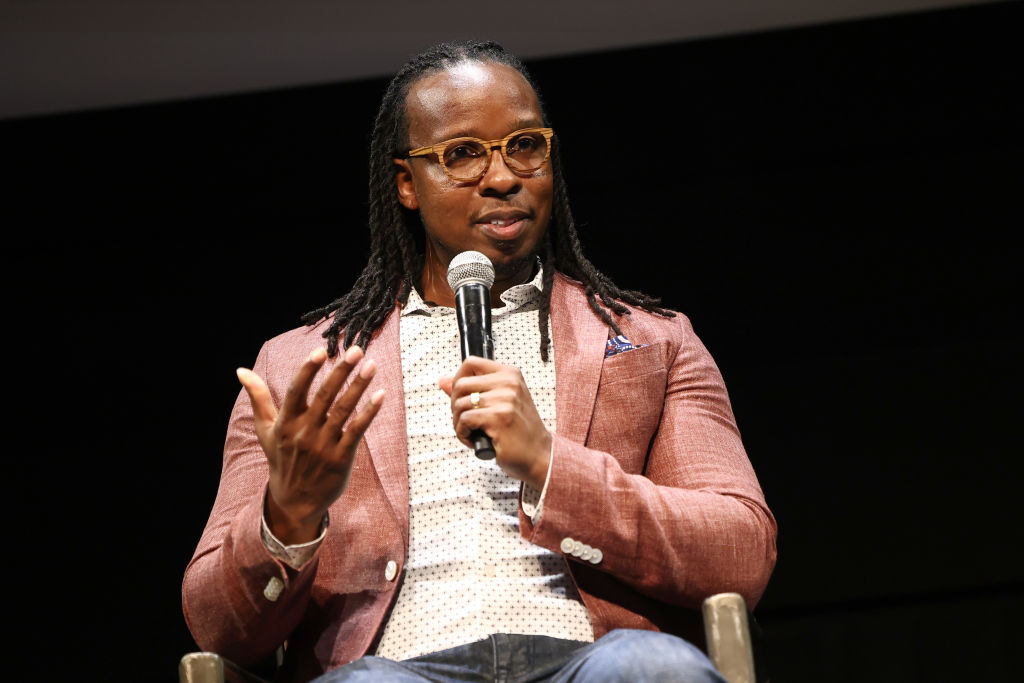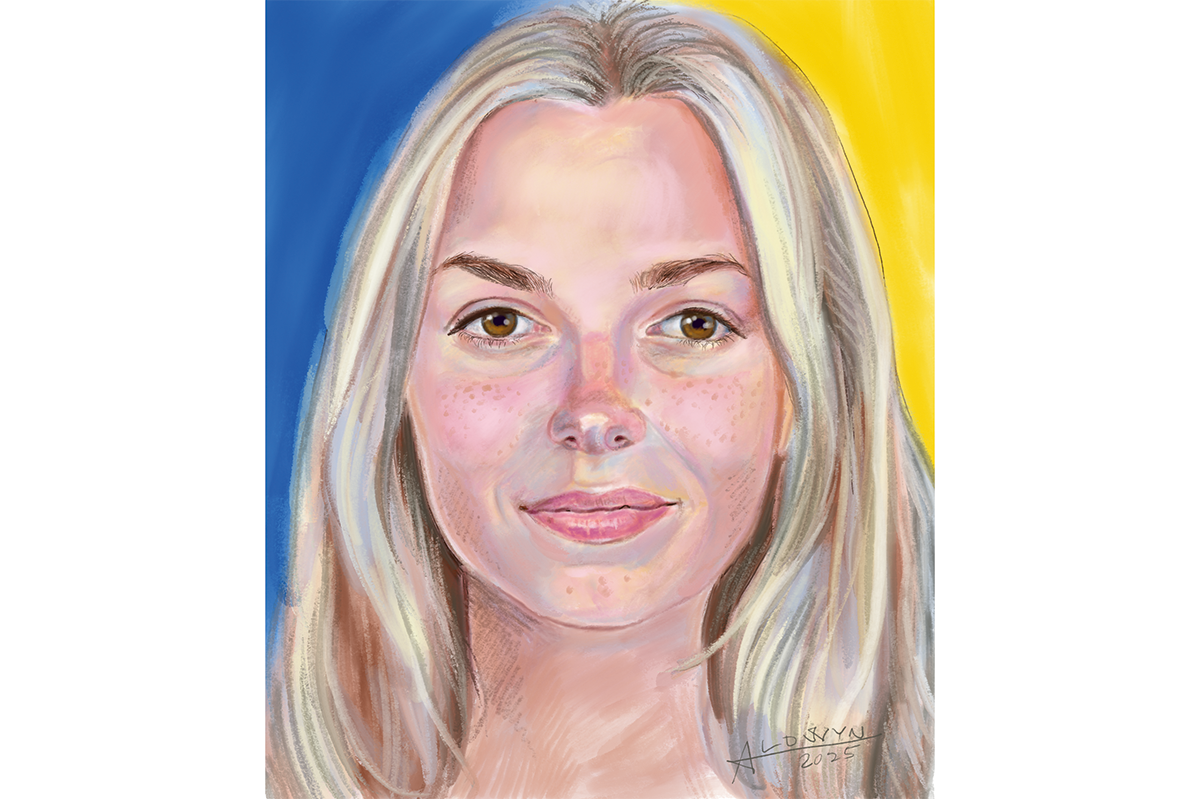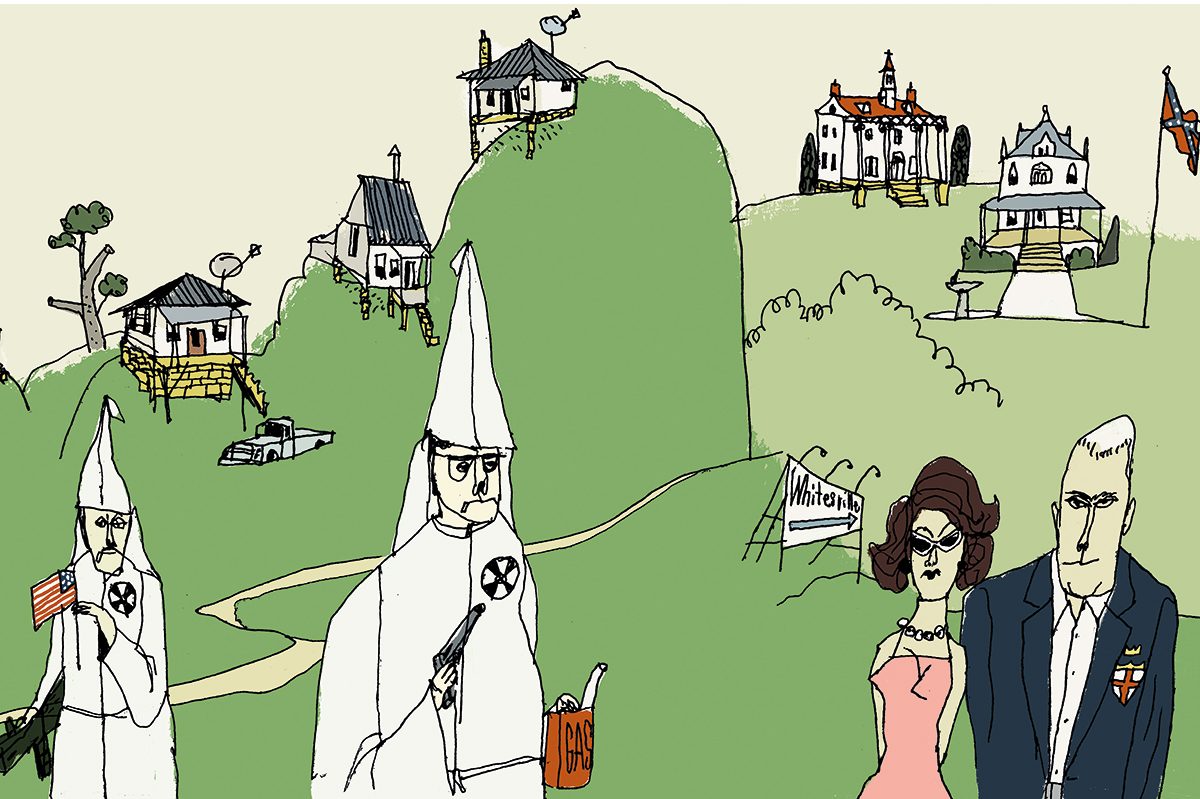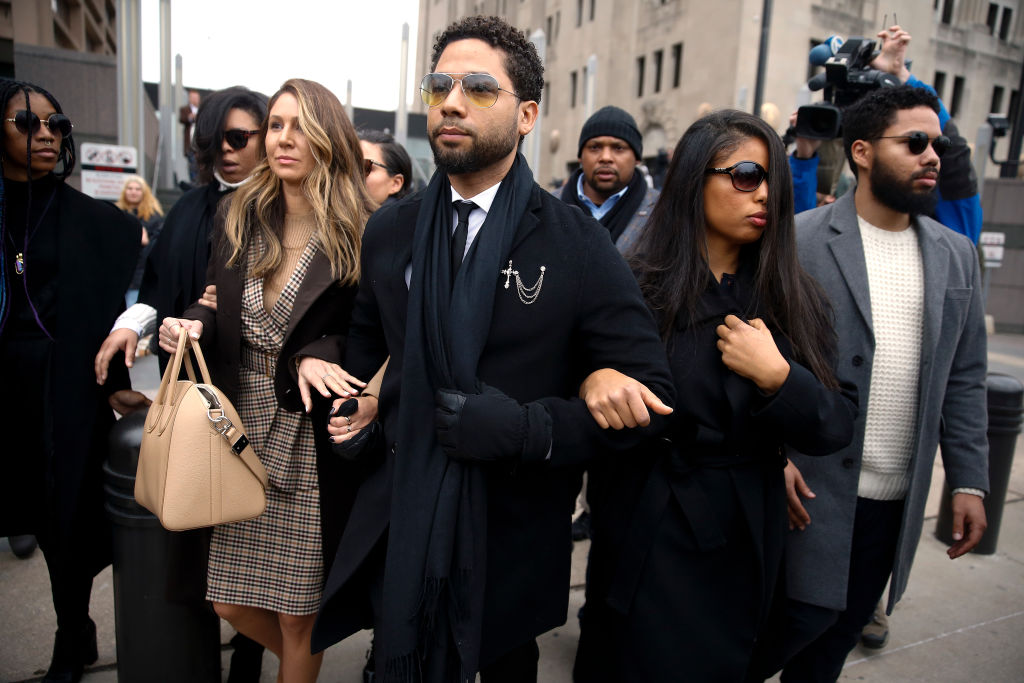Last week, some racist graffiti was found at Parkway North and Parkway Central schools in Missouri. Somebody had scrawled ‘HOPE ALL BLACK PEOPLE DIE’ and the N-word across the bathrooms.
A protest erupted. Students ‘boycotted’ classes to show their disgust. But then the sense of outrage suddenly fell flat after it emerged that the person who had scrawled the racist graffiti was in fact black.
It was, then, another hate hoax — a prank, effectively, at the expense of America’s preoccupation with racism, or perhaps more bizarrely an insane stunt in search for victimhood. (Or just an elaborate attempt to bunk off school.)
These hoaxes keep happening — often enough now that they barely make a bleep on America’s national news radar let alone abroad.
In 2017, racist messages at the US Air Force Academy turned out to be the work of a black cadet. It also happened in South Carolina, when a black individual taped a ‘No blacks allowed’ sign outside a university building.
In April, at Michigan’s Albion College, some racist scrawlings appeared in a residential hallway. The slogans, which included “ALBION IS RACIST” and “WE DO EXIST KKK” seemed unlikely to be the outpourings of an actual racist, but the graffiti was naturally assumed to be work of some alt-right neo-Klan fan until it turned out that a black student was responsible.
After such hate ‘crimes’ are found to be bogus, you might expect the relevant authorities to be relieved that their institutions are not places where people are bullied for the color of their skin. But that would be a sane response and American academia is totally mad. Now the institutional leaders insist that these incidents, though fake, nonetheless serve as teachable moments about injustice in America. In other words, even if white students didn’t draw the offensive graffiti, they are still responsible for historic racism and must disavow it.
‘The student responsible is not white,’ said Parkway’s superintendent Dr Keith Marty, ‘however this does not diminish the hurt it caused or the negative impact it has had on our entire community.’
Doesn’t it? Should it not diminish the ‘negative impact’ somewhat?
‘I want to tell the thousands of students who participated on behalf of themselves and their fellow classmates,’ added Dr Marty. ‘I am proud of you for supporting one another and we heard you loud and clear.’
The Albion School went further after its hate hoax. “We know the acts of racism that have occurred this week are not about one particular person or one particular incident.’
‘We know that there is a significant history of racial pain and trauma on campus and we are taking action to repair our community.’
In 2015, activists at the University of Delaware demanded millions of dollars for their pet causes after some hysterics confused some old paper lanterns with nooses. Even after the truth came out, the school still capitulated — because the mere impression of racism is as bad as racism, apparently.
The most infamous hate hoax was the farcical ‘attack‘ on Jussie Smollett in Chicago in early 2019, after which a future vice president and most media outlets breathlessly accepted the idea that Trump-supporting racists in ski masks had recognized a famous black actor on the coldest night of the year, and attacked him with bleach and a noose they just happened to be carrying around, as racists do.
It was a fabrication; a demented bid for publicity. But it sort of worked, for a time anyway. That’s why hate hoaxing is on the rise. It spreads almost virally.
Again and again, we see the same response to fake hate from America’s hyper-progressive enclaves. This attack or abuse might not have been actually real, they say, but the incident speaks to a deeper, almost religious belief that racism lurks everywhere and itches to get out. It’s a form of moral theater in which participants must willingly suspend their disbelief.
The awkward truth is that in modern America, as in other parts of the developed world, the demand for ‘acts of racism’ greatly exceeds the supply. So people have to manufacture their own.
This article was originally published on The Spectator’s UK website.



